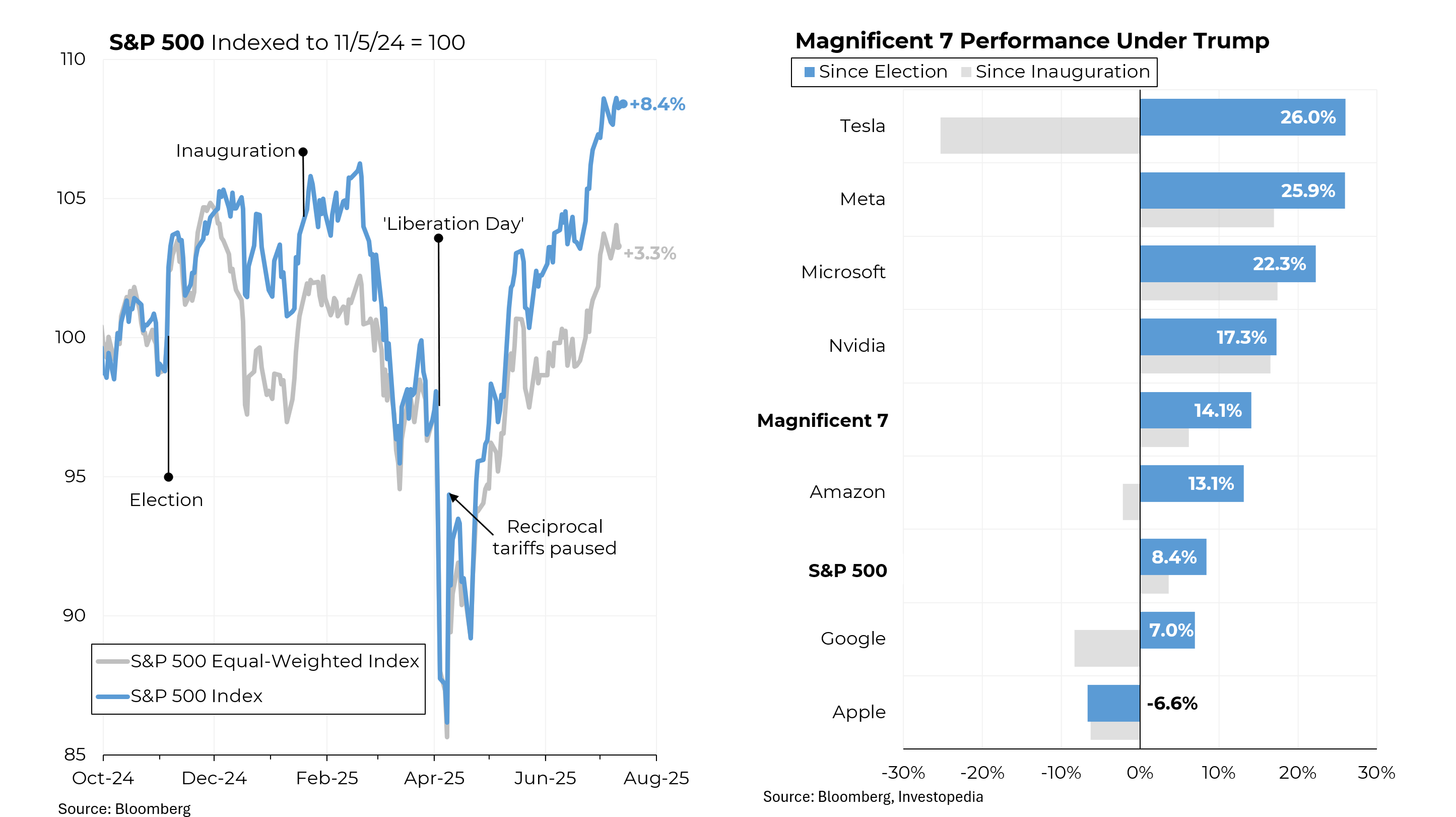Notwithstanding nine rounds of interest rate increases, and amidst continued expectations for a recession later this year, the American economy continues to move forward, adding jobs even as inflation remains stubbornly high. But that persistent economic strength has also brought with it some surprisingly positive attributes.

Wednesday’s inflation data was generally in line with expectations. The good news was that the “headline” Consumer Price Index of overall price movements decelerated from the prior month, from 0.4% in February to 0.1% in March. Year over year, headline inflation fell from 6% to 5% on a year-over-year basis, the lowest level since May 2021. The bad news was that the “core” C.P.I., which excludes the volatile categories of food and energy, rose slightly from the prior month, to 5.6%. That’s far above the Federal Reserve’s 2% target and suggests that at least one more interest rate increase is in store when the bank’s rate-setting body meets next in early May.

Last Friday’s jobs numbers came in as expected, with 236,000 jobs added and the unemployment rate at 3.5% — still near a historic low. What was perhaps more historic was that the Black unemployment rate fell to 5%, down from 6.2% last March and the lowest ever recorded. Yes, white unemployment has also fallen (although not in the past 3 months) and is currently at 3.2%. But historically, the Black unemployment rate has averaged over twice the White rate. Today, the gap between the Black and White unemployment rates is among the smallest ever.
To put this in further historical context, in 2010, during the financial crisis, Black unemployment hit 17%. And in 1983, another recessionary period, it reached 21%.

Here’s another economic trend that has not garnered many headlines. After years of mounting income inequality, Americans in the lower quarter of the economic ladder have begun outperforming the better-off. Like the drop in Black unemployment, this stems in large part from “running the economy hot.” Even as job growth decelerates, we still have about 1.7 jobs open for every American looking for one. In a nutshell, this forces employers to pay more.
Since January 2020, real (after-inflation) incomes of the bottom quartile (households earning $35,000 a year or less) have risen 7%, compared to 2% for those at the top and an average across the economy of 1.3%.





